Actividad 1
Vocabulario de la clase – Classroom language
Antes de ver el video – Before listening to the video
Ejercicio 1 de 5. Antes de escuchar el vídeo, elige la respuesta correcta. Before listening to the video, choose the correct answer.
Ejercicio 2 de 5. Antes de escuchar el vídeo, elige la pregunta adecuada para cada respuesta. Before listening to the video, choose the correct question for each answer.
Ejercicio 3 de 5. Antes de escuchar el vídeo, elige la pregunta adecuada para cada respuesta. Before listening to the video, choose the correct question for each answer.
Ejercicio 4 de 5. Antes de escuchar el vídeo, elige la respuesta adecuada para cada pregunta. Before listening to the video, choose the correct answer for each question. Ejemplo: “Eva está en el salón.” Before listening to the video, choose the correct question for each answer. Write the subject of each sentence and add a full stop at the end. That is, “Eva is in the living room.”
CONSEJO – TIP
El oído es como los músculos del cuerpo, hay que ejercitarlos para que funcionen bien. Para sacar el máximo provecho de los videos, sigue estos pasos. Primero lee las preguntas y busca el vocabulario que no entiendas en el diccionario. Luego escucha el vídeo, sin leer los subtítulos, y contesta todas las preguntas que puedas. Finalmente, visualiza el video de nuevo y lee los subtítulos. Responde a todas las preguntas.
Después del vídeo – After listening to the video
Ejercicio 5 de 5. Escucha el vídeo, sin mirar los subtítulos, y responde a las preguntas. Listen to the video without reading the subtitles and answer the questions.
- ¿Cuántos años tiene Eva?
- ¿Qué estudia?
- ¿Dónde vive?
- ¿Cómo se llama su madre?
- ¿Cuántos años tiene?
- ¿A qué se dedica?
- ¿De dónde es?
- ¿Cómo se llama el padre de Eva?
- ¿Cuántos años tiene?
- ¿A qué se dedica?
- ¿Cuántos hijos tiene?
- ¿Cómo se llama la amiga de Eva?
- ¿Cuántos años tiene?
- ¿Qué estudia?
- ¿De dónde es?
- ¿De dónde es Paulina de Cuerdavaca, Méjico o de Ponferrada?
- ¿Dónde vive?
- ¿Cómo se llama el amigo de Eva?
- ¿Cuántos años tiene?
- ¿A qué se dedica?
- ¿De dónde es Javier?
- ¿Cómo se despide Javier?
Sinopsis o resumen – Synopsis o plot summary
Después de haber escuchado el vídeo rellena los huecos con el verbo conjugado, si necesitas ayuda puedes pinchar en la “i” de información para saber que verbo debes conjugar. Escribe en letra minúscula. After listening to the video fill in the gaps with the appropriate conjugated verb, if you need help you can click on the “i” standing for information to find out which verb you should conjugate. Write in lowercase.

Ser vs Estar
Actividad 2
Question words in Spanish – Pronombres interrogativos en español
Do you know how to ask questions? Questions words – ¿Sabes como hacer preguntas?
- There is a question mark at the beginning and another one at the end of each question ¿…..? – Hay signos de interrogación al principio y al final de cada pregunta.
- Auxiliar verbs, such as, BE, HAVE, DO, DID, WILL, are not used. – No se utilizan verbos auxiliares BE, HAVE, DO, DID, WILL en las preguntas, ni en las negaciones.
- All question words have an accent. – Todos los pronombres interrogativos llevan un acento. ¿Qué? ¿Cómo?
- Intonation is very important to help the other person to understand that we are asking. ~ Start the sencence up, go down and up again. – La entonación es muy importante para ayudar a la otra persona a entender que estamos preguntando algo. Empieza subiendo el tono, bajandolo y subiéndolo de nuevo. Ejemplo 1: Entonación ~ ¿Tienes dos perros? Ejemplo 2: Entonación — Tienes dos perros, ~ ¿no?
- Remember to use prepositions at the begining of the question if they are needed. – Las preposiciones van al principio de la pregunta, no al final.
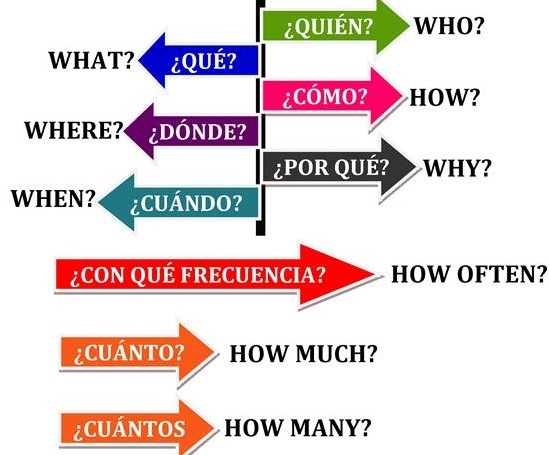
Question words that do not change – Pronombres interrogativos que no cambian:
- ¿Qué hay en la mesa? – What is there on the table? Hay un móvil.
- ¿Qué te gusta comer? – What do you like to eat? Me gusta comer tapas.
- ¿Qué hora es? – What time is it? Son las siete y media.
- ¿Qué haces? – What do you do? Estoy aprendiendo español.
- ¿Quién eres? No te conozco – Who are you? I don’t know you. Yo soy Maria.
- ¿Quién es ese hombre? – Who is that man? Ese es mi marido.
- ¿Cómo estás? – How are you? Yo estoy bien.
- ¿Dónde vives? – Where do you live? Yo vivo en Mornington.
- ¿Dónde está Madrid? – Where is Madrid? Madrid está en el centro de España.
- ¿Por qué estás en esta clase? – Why are you in this class? Porque quiero aprender español.
- ¿Cuándo viniste a España? – When did you come to Spain? Yo vine en diciembre.
- ¿Cuándo es tu cumpleaños? – When is your birthday? Mi cumpleaños es el 28 de noviembre.
- ¿Cuál es tu color preferido? – What is your favourite colour? (en general) El azul es mi color favorito.
- ¿Cuál es tu color preferido, el rojo o el azul? – Which is your favourite colour, red or blue? (between two options) El azul es mi color favorito.
¿Sabes cuál es la diferencia entre qué y cuál? Pincha en este enlace: Qué and cuál
Prepositions at the beginning of the question
- ¿A qué hora es la clase de español? – (At) What time is the Spanish class? Es a la una. Es a las doce.
- ¿Con quién vas al cine? – Who are you going to the cinema with? Voy con Maria y con Guy. (Whom // Who…with)
- ¿A quién miras? – Who are you looking at? Miro a ese actor
- ¿A quién viste en la fiesta? – Who did you see at the party? Ví a Juan. (Whom)
- ¿De quién es este perro? – Whose dog is this? Es mío.
- ¿A cómo están los tomates hoy? – How much are the tomatoes today? Están a 2,5€.
- ¿A dónde* vas? – Where do you go (to)? Yo voy a la playa
- ¿De dónde eres? – Where are you from? Soy de España.
- ¿Desde dónde vuelas? – Where are you flying from? – Vuelo desde Alicante.
- ¿A dónde vuelas?- Where do you fly to? – Vuelo a Londres.
- ¿Con qué frecuencia viajas a España? – How often do you travel to Spain? Yo viajo a España cuatro veces al año.
- ¿Cada cuánto vas al supermercado? – How often do you go to the supermarket? Yo voy al supermercado una vez a la semana. Voy cada día, excepto los fines de semana.
- ¿Desde cuándo vives en España? – How long have you lived in Spain? – Vivo en España desde diciembre.
*¿A dónde? y ¿Adónde? son válidos. Both can be used.
Question words that change depending on the noun – Pronombres interrogativos que cambian:
- El café: ¿Cuánto café quieres? – How much coffee do you want?
- La leche*: ¿Cuánta leche quieres? – How much milk do you want?
- Los bombones: ¿Cuántos bombones quieres? – How many chocolates do you want?
- Las galletas: ¿Cuántas galletas quieres? – How many biscuits do you want?
- Padre: ¿Quién es su padre? – Who is his/her father?
- Padres: ¿Quiénes son sus padres? Who are his/her parents?
- ¿Cuánto cuesta el café? How much is the coffee? El café cuesta un euro. (1€)
- ¿Cuánto cuestan los bombones? How much are the chocolates? Los bombones cuestan dos euros. (2€)
- ¿Cuánto es? How much is it? Es un euro. Son dos euros.
- ¿Cuál es tu animal favorito? – What is your favourite colour? (en general) El azul es mi color favorito.
- ¿Cuáles son tus animales preferidos? –What are your favourite colours? El azul y el rojo son mis colores preferidos.
Question words exercices- Pronombres interrogativos ejercicios
….
…..
…..
…..
….
- Ejercicio 1: Match questions and answers – Une cada pregunta con su respuesta.
- Ejercicio 2: Put in the right order – ¿Cuándo es tu cumpleaños?
- Ejercicio 3: Fill in the gaps – Rellena los huecos con un verbo ¿Cómo, cuántos, cuántas, quiénes?
- Ejercicio 4: Put in the right order – ¿Cuándo es tu cumpleaños?
Numbers- Números


Actividad 3
En este ejercicio un alumno va a ser Paco, María, Luis, etc… Los demás estudiantes le harán preguntas y él responderá con la información que aparece en el cuadro. – In this exercise, a student will be Paco, María, Luis, etc … The other students will ask him questions and he will respond with the information which appears in the chart.
Click here to keep practising. En la página de PROFEdeELE tenéis más ejercicios.

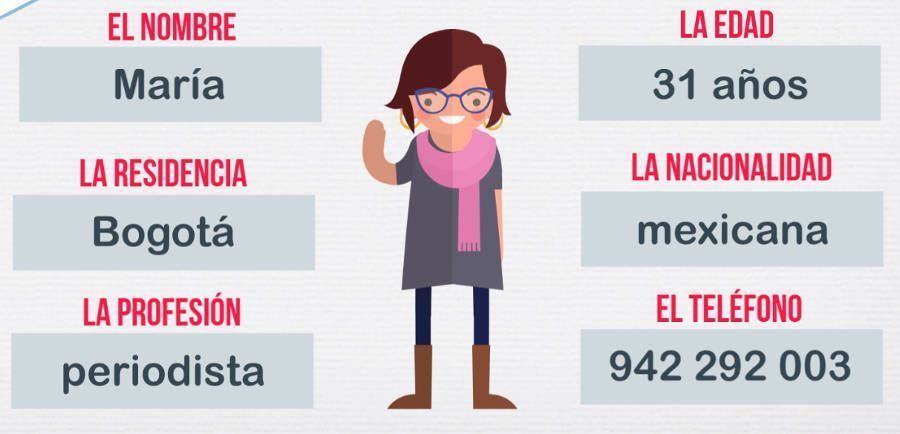
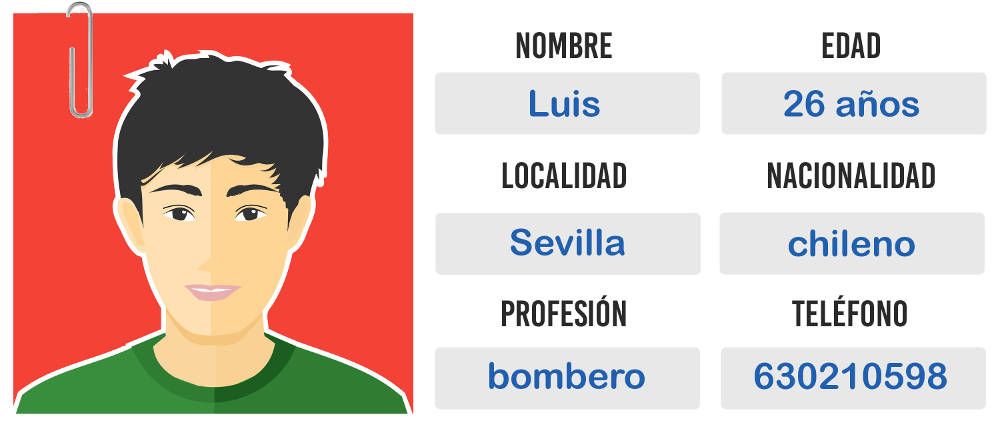
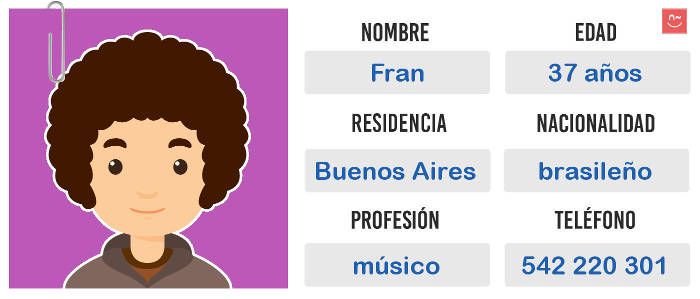
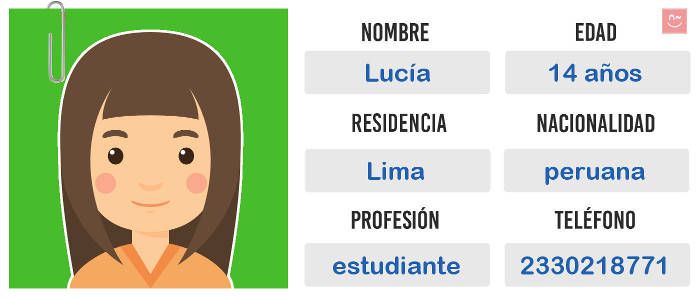

RELACIONADO CON LA FAMILIA
Actividad 4
El singular: ¿Quién es ….? Who is …. ?

- Ejercicio 1: Matching up exercise. – Mi familia. Traduce los miembros de la familia.
- Ejercicio 2: Crossword. – Crucigrama. Pulsa el número para ver la pista. Note: 1. People = Gente o Personas.
- Ejercicio 3: Fill in the gaps. – Rellena los huecos. El marido de mi madre es mi….
- Ejercicio 4: Fill in the gaps. – Lee la conversación y rellena los huecos. ¿Cómo se llaman tus padres? Se llaman…
Actividad 5
Ejercicio: ¿Quién es ….? Who is …. ?
En este ejercicio un alumno será Maite, Juana, Antón, María, etc… Los demás estudiantes le preguntarán por los nombres de los miembros de su familia. -In this exercise, a student will be Maite, Juana, Antón, María, etc … The other students will ask him/her for the names of the members of him/her family.

- ¿Quiénes están casados? / ¿Quiénes están solteros?
- Casado/a: Married: ¿Estás casado/a?
- Soltero/a: Single ¿Eres soltero/a?
- Divorciado/a: Divorced
- Separado/a: Separated
Actividad 6
El plural: ¿Quienes son…? Who are….?

- ¿Quiénes están casados? / ¿Quiénes están solteros?
- Casado/a: Married: ¿Estás casado/a?
- Soltero/a: Single ¿Eres soltero/a?
- Divorciado/a: Divorced
- Separado/a: Separated
Click on this button to learn more about the Present Simple Tense
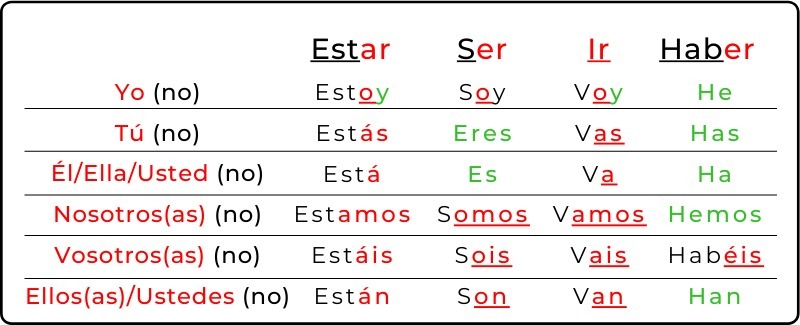
- Verbos regulares – regular verbs video and exercises
- Verbos regulares – regular verbs exercises1
- Verbos regulares – regular verbs exercises2
- Verbos regulares – regular verbs exercise to do in the class online. Ana (bailar)___ (1) muy bien. Solución: baila
- Verbos irregulares – irregular verbs video and exercises
- Verbos irregulares – irregular verbs exercises1
- Verbos irregulares – irregular verbs exercises2
- Fuente de los deseos video mute video to tell the story
- Rozalén, Ahora, canción song with exercises
- Busca la frase – look for the translation learn vocabulary. Estudio diseño en la universidad: a) I’m sick of routine, I need a vacation! b) The computer does not work. c) We sail more than two hours on the river. d) I study design at the university
Actividad 7
¿Cómo se llama? What is his/her name?

- Before doing these two exercises review the conjugation of verbs below.
- Ejercicio 1: Fill in the gaps. – Rellena los huecos con ME LLAMO, SE LLAMA o SE LLAMAN
- Ejercicio 2: Make your own senteces – Mira el ejemplo. Rellena los huecos con una palabra apropiada. Tengo un gato. Tiene un año. Se llama Nacho.
- Ejercicio 3 There are four exercises in the green box at the end of the page Learn Spanish Online
Click on this button to check the conjugation of the verb llamarse
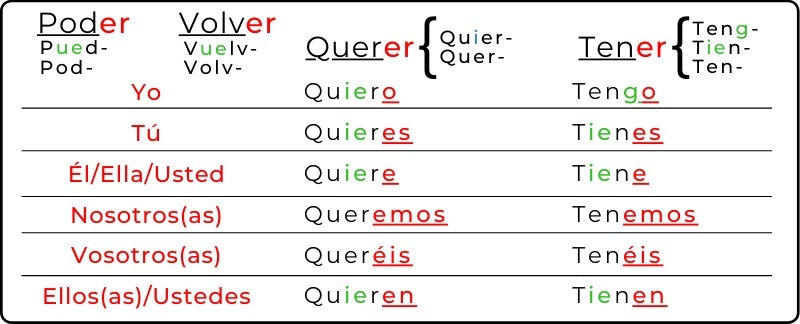
Actividad 8
Nacionalidades: ¿De dónde es…? Where is …. from?

¿Sabes hablar de las nacionalidades? Countries and Nationalities

Actividad 9
De tal palo, tal astilla. Like parent, like child
¿Cómo decimos estas expresiones en inglés? – How do we say these idioms in English?


Actividad 10
ESCRIBE ¡TE TOCA!
Preséntate y háblanos de tu familia. Introduce yourself and talk about your family.
- Nombre
- Profesión
- Residencia
- Nacionalidad
- Edad
Actividad 11
ENLACES A OTRAS PÁGINAS – LINKS TO OTHER WEBSITES
- Caminos 1: Ejercicios online para principiantes
- Caminos 2: Ejercicios online para principiantes
- Caminos 3: Ejercicios online para principiantes
- Vocabulary: Ejercicios online para principiantes
- Topics: Textos sobre famosos
- Grammar: Tiempos verbales
- AS resources: Aprende con las noticias
- A2 resources: Aprende con las noticias
- Quizzes: ¿Qué sabes de España?
- SPANISH FOR BEGINNERS:
- Greetings and introduce yourself.
- Giving personal information.
- Talk about family and friends. Describe people.
- What do you like to do, using “GUSTAR”.
- Describe your house.
- Routines, how often we do things.
- The city: moving around. The weather.
- In the restaurant and go shopping.
- In the doctor, talking about health.
- What we did yesterday: the preterite.
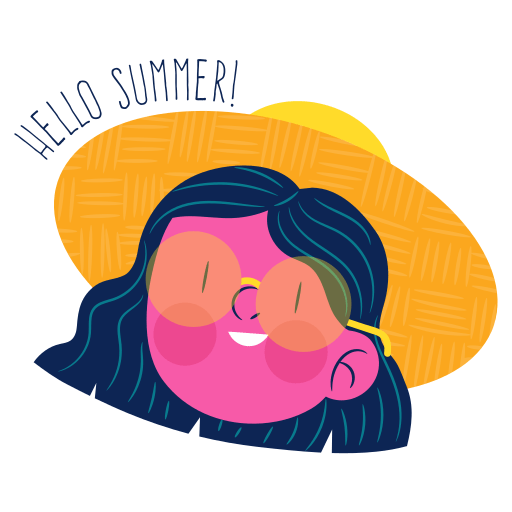
Yo soy española, de Murcia. Creo que España es un país maravilloso.
Tengo una familia numerosa, somos cuatro hermanos, yo soy la mayor.
Soy profesora de español y doy clases online y cara a cara. ¿Y tú?
Susana
